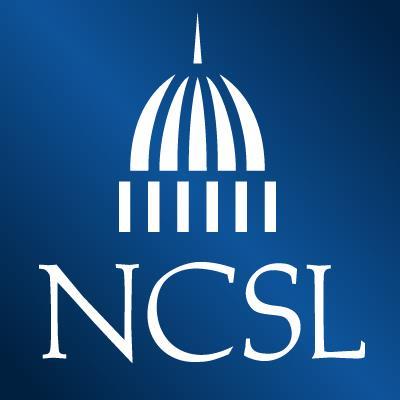
 Make no mistake about it. As long as budget gaps continue at the state level and population growth persists, state transportation infrastructure will continue to deteriorate. State officials are exploring a variety of financing methods that might provide solutions. And, according to a recent report by the National Conference of State Legislatures, the number of states looking at public-private partnerships (P3s) to help fund transportation projects is increasing. That’s good news for states and great opportunities for private-sector firms seeking to partner with government.
Make no mistake about it. As long as budget gaps continue at the state level and population growth persists, state transportation infrastructure will continue to deteriorate. State officials are exploring a variety of financing methods that might provide solutions. And, according to a recent report by the National Conference of State Legislatures, the number of states looking at public-private partnerships (P3s) to help fund transportation projects is increasing. That’s good news for states and great opportunities for private-sector firms seeking to partner with government.
The report, Public-Private Partnerships for Transportation: Categorization and Analysis of State Statutes, might well be tagged as a virtual “encyclopedia” of information on public-private partnerships (P3s) for state transportation projects in the United States. It is a compilation of data from the nearly three-dozen states in this country with P3 statutes that enable these types of partnerships.
Seeing the problems of failing infrastructure exacerbated by lack of funds, and watching infrastructure maintenance and repair costs balloon, collaboration between government entities and the private sector is becoming more commonplace. P3s are becoming a viable option for states to bring private funds and additional financing options into the equation to complete projects they could not complete on their own. The increased interest in P3s is evidenced by the fact that at the beginning of this year, 33 states, the District of Columbia and Puerto Rico all had statutes that allow public-private partnerships for transportation projects. Figures in the report also indicate that since 2009, some 325 P3-related bills have been under consideration in U.S states and territories.
Across those government entities, however, P3 statues are not all cut from the same cloth. Each state’s P3 legislation for transportation is based on that state’s individual needs, but the benefits generally are pretty universal. According to the report, “P3 benefits include private financing and project acceleration, monetization of existing assets, cost and time savings, lifecycle efficiencies, improved project quality and risk transfer.” These benefits have certainly attracted the attention of cash-strapped state lawmakers and transportation agency officials.
As a result, public-private partnerships have become a “hot topic” throughout the states, according to NCSL. Watch for P3 use to expand even further in the near future as state officials seek to leverage both the experience and resources of the private sector to meet their transportation infrastructure needs.
